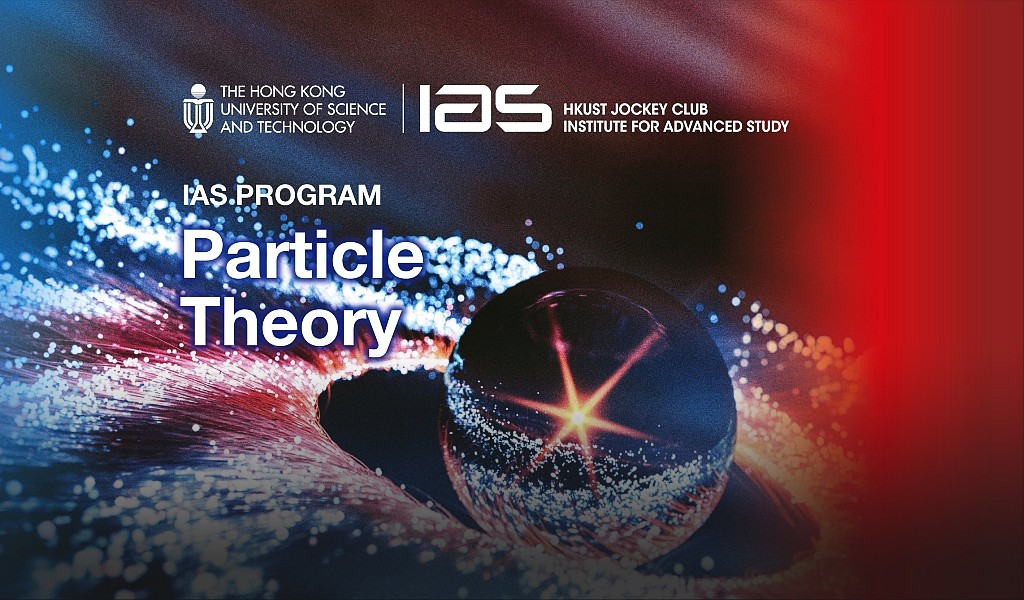Monodromy Dark Matter
Abstract
Light pseudo-Goldstone bosons, such as axion-like particles, non-thermally produced via the misalignment mechanism are interesting dark matter candidates. An important feature of pseudo-Goldstone bosons is their periodic potential, and that all their couplings are controlled by the scale of periodicity. As a consequence of the periodicity, the maximum potential energy is limited and producing the observed dark matter density poses significant constraints on the allowed masses and couplings. In the presence of a monodromy though, the field as well as the potential range can be significantly extended. This has arguably important phenomenological consequences. The constraints on the masses and couplings are ameliorated and couplings to SM particles could be significantly stronger, thereby opening up considerable experimental opportunities. Yet, monodromy models can also give rise to new and qualitatively different features. As a remnant of the periodicity, the potential can feature pronounced and sharp oscillations. When the field is rolling through them, quantum fluctuations are enhanced and particles with non-vanishing momentum are produced. In this talk, the speaker will present a first analysis of this effect and delineate when this is an important effect, while discussing possible cosmological consequences.
About the program
For more information, please refer to the program website at http://iasprogram.ust.hk/particle_theory.



